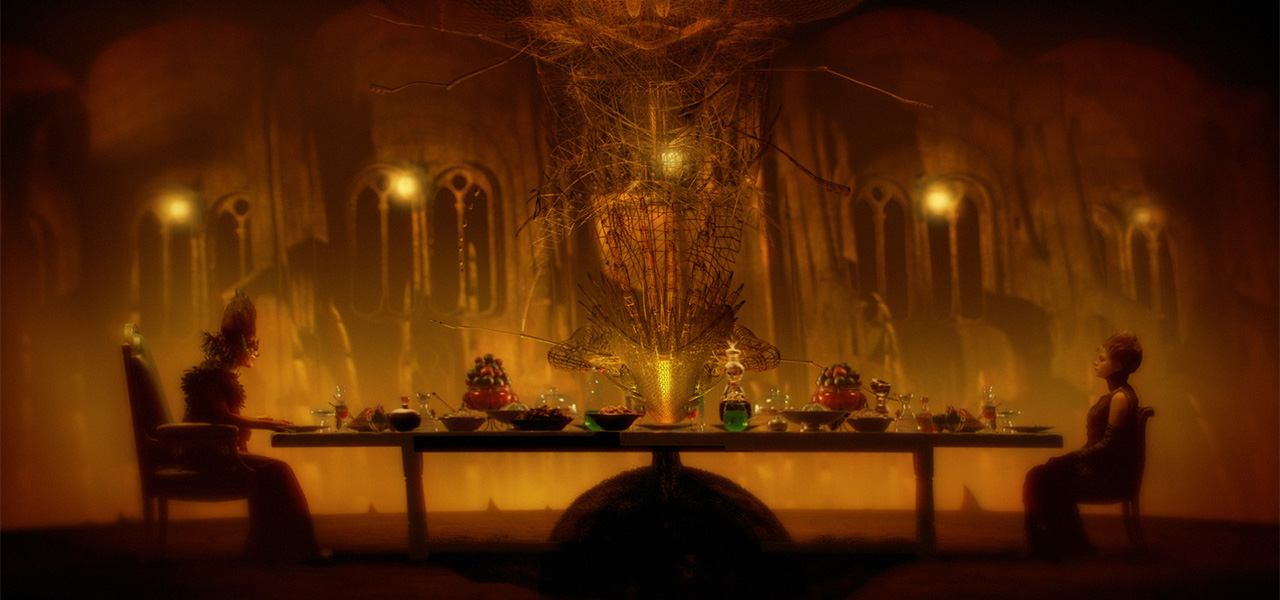

Director Dave McKean Reflects On ‘MirrorMask’ At 20: ‘It’s A Strange Mix Of Elements’
English artist Dave McKean produces the kind of images that you feel compelled to pause and peer at for a while, gazing into the shadows to see what abstractions and reflections might stare back.

A versatile and innovative illustrator and mixed-media practitioner, McKean’s work spans graphic novels (Arkham Asylum: A Serious House on Serious Earth, the covers of The Sandman, Signal to Noise), fiction (the covers of children’s books such as Coraline and Varjak Paw), record sleeves (for artists such as Tori Amos, Alice Cooper, and Buckethead), and independent film. His work on music videos evolved into experimenting with short filmmaking in The Week Before (1998), a mesmeric work that sees a masked figure rowing through a surreal seascape in a series of fixed frames, and N[eon] (2002), a black-and-white narrated glide through an empty cityscape that reveals glimmers of a ghostlike digital unreality. Expanding these juxtapositions, McKean directed MirrorMask as his first feature in 2005, a film set alight by its freewheeling artistic approach and animated imagination.
It’s more traditional in fiction for kids to dream of running away to join the circus, but Helena Campbell (Stephanie Leonidas) wants the opposite. She longs to escape her parents’ high-wire acts and join the normality that she perceives as the ‘real world’. One day, an argument with her mother Joanne (Gina McKee) leads to a sudden fall, and Helena finds herself standing in shock over a hospital bed. When she wakes that night, Helena finds herself drawn to the street.
She follows an unnervingly-masked figure named Valentine (Jason Barry) to another world, the City of Light, where the environs are rendered in a glittering yet earthy cg glow. Many of the figures here feel somewhat familiar – photographic in part, and eerily unreal. These lands are ruled over by The Queen of Shadows and The Queen of Light (both played by McKee), and Helena’s journey through another world brings her closer to her own.
MirrorMask was originally dreamt up in collaboration with The Jim Henson Company as a successor to their cult classic dark fantasies The Dark Crystal (1982) and Labyrinth (1986). The film’s screenplay was written by novelist and comics writer Neil Gaiman, working from a story developed together with McKean. (Gaiman has faced allegations in recent months. The film is McKean’s project first and foremost.)
Dave McKean’s layered geometry takes on an uncanny quality in three-dimensional motion, crafting a fantasy that is at once beguiling and unsettling. MirrorMask combines live-action with the kind of greenscreen cg implementation that only a filmmaker with an artist’s background could conjure – its look is strikingly unique. It’s the sort of film that, when mentioned to someone, the listener bolts upright, remembering something once forgotten in vivid, image-first specificity. MirrorMask’s legacy is not quite that of cult classic – it only received a limited theatrical run and underwhelmed at the box office. But there’s something special, poignant, and subconsciously enduring about the film’s impact.
Cartoon Brew had the pleasure of speaking with McKean during this year’s Napoli Comicon for an exclusive interview about MirrorMask, capturing rare reflections on a film that is as distinctive, multifaceted, and singular as its artist’s other work – unfolding like a half-remembered dream.
Cartoon Brew: MirrorMask was conceived with the Jim Henson Company as a film that would be in the vein of The Dark Crystal and Labyrinth. How strongly was the notion of ‘spiritual successor’ in your mind?
Dave McKean: Very vaguely. It was pitched as such, but we very much went our own way. I think we felt it was in the spirit of the kind of fantasy story that is rooted in the anxieties of a real person in our world, and expressed in their imaginative or dream lives. I still like the central idea of a girl in her teens pushed too quickly into adulthood by circumstance, and retreating to a simpler childhood, the world in her mind and on the wall of her bedroom, in order to regain some control. I’m not so interested in goblins and fairy stories; I wanted the dream world to reflect her real life concerns.
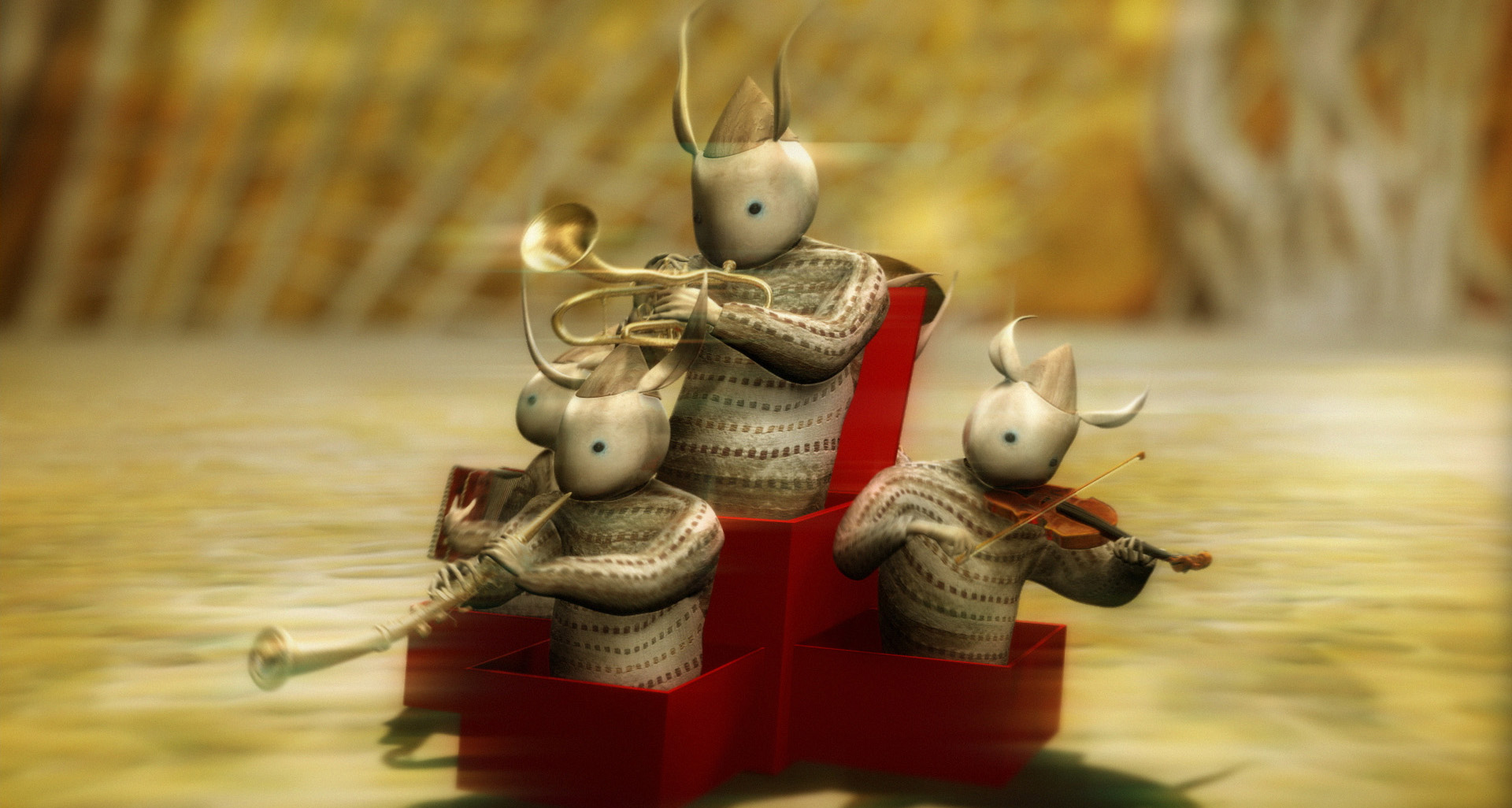
Tell me about other influences on the project. Labyrinth is mentioned alongside this film a lot, but I equally think of the sepia tones of Jean-Pierre Jeunet’s early work, or the isolation in architecture of Krzysztof Kieslowski’s. There’s something about the ‘real world’ sequences that’s more reminiscent of a British tv movie than a theatrical film, and I mean that in a complimentary sense.
Labyrinth was not an influence – even though, when we stayed at the Henson home in London for two weeks to put the basic idea together, we found a four-hour VHS tape rough cut of it. It was interminable, but strangely fascinating.
The actual influences that I brought along to that two week writing session, as well as a pile of books and CDs, were [Mamoru Oshii’s] Angel’s Egg, a strange, almost wordless Japanese animated film; The Three Golden Keys, a book by Peter Sis; the work of The Brothers Quay, and to a degree Jan Svankmajer, Piotr Dumała, and Raoul Servais, especially Taxandria. The grade was much closer to my illustration work than any other films, although I’m sure there are similarities. The sense of lost characters walking around crumbling misty cities was much closer to Theo Angelopoulos and Andrei Tarkovsky – which sounds ridiculous comparing these masters to my little family fantasy film, but they are favorites of mine, and their influence has gone in deep.
I tried not to make the live action look like a tv movie, but I guess it does in the end. It’s not rough and handheld enough to look like a gritty kitchen sink drama, and not slick enough to look like Hollywood — it’s sort of stuck in the middle. I thought the circus sequence worked well; it had a nice energy to it at the time. I haven’t watched the film since we made it, so I may have rosy memories of this.
Many elements of MirrorMask were suggested or brought to you (such as the choice of real world locations), while others were originated by yourself and Gaiman. Did MirrorMask feel like something that you were personally birthing, or instead something that was coalescing through collaboration?
It is a strange mix of elements. There are parts of it that feel very much like me, and indeed, I did bring ideas for sequences to the show, and wrote first drafts of them — the floating giants, the books that, when thrown away, glide home to the library. There are other parts of the film that I can tell are the two of us trying to make something psychologically interesting out of simple fantasy fare. There are chunks that don’t feel like me at all. I think what happened was that we cobbled an idea together very quickly and to a deadline, and when that was received positively we really should have paused, taken another couple of months out, and rewritten it, keeping all the interesting stuff, and ditching the pre-digested fantasy stuff — and really honed it into an wholly original work.
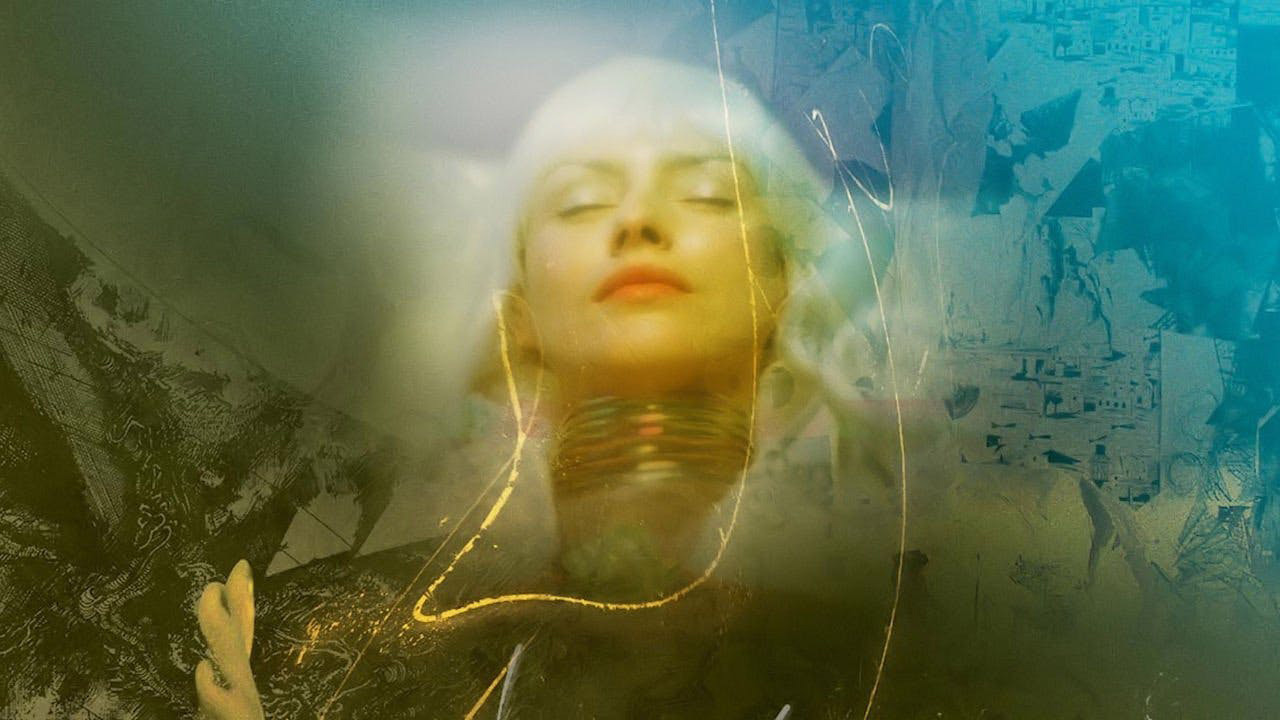
You worked with many young artists on this film. Where are they now?
The team of seventeen animators and effects artists did a great job. Apart from a couple who had some previous experience, they were nearly all fresh out of art school and this was their first job. Most have gone on to great careers in sfx houses and work on major films. MirrorMask was a baptism of fire, as each person was given whole scenes to build, light, shoot, and render. I designed it all — storyboarded, texture mapped and composited everything — but in the middle of all that, they had a lot of latitude to create.
Your illustrations often contain many layers that give the impression of flat surfaces, so to see your visual sensibilities translated to three-dimensions on film is intriguing. Did working in film come as instinctually to you as illustration?
No, it didn’t. I had to start almost from scratch to work out how to tell a story in film — it was a struggle. The more expressionistic sequences and the use of illustrative imagery were easier for me to find a moving picture equivalent to my still or comics work. Shooting the live-action was difficult. I guess some directors instinctively know where to put the camera, and how cuts will work. It took me a while to develop that. I would say by the time I shot Luna, my second film, I was much more confident, and I could see how everything would work in the edit, as I was shooting much more clearly.
What’s it like to direct a film where the environments are predominantly digital? It’s especially extraordinary what you achieved considering the film’s low budget. I’m curious about the Monkeybird sequence especially – did that take the vfx creation or a live-action shoot as a starting point?
I just storyboarded it all. I always had the boards to show the actors and crew what I had in mind. Some of the actors found this useful, others didn’t – it made them feel like puppets. I think I had a pretty good idea of what I needed each of the live-action plates to achieve to get the storytelling across and make the sequence work. I would have loved to be able to throw the camera around and 3d track all the fx backgrounds and characters, but we didn’t have that technology then. I knew, from my short film experiments, that putting the live-action plates into a 3d space gave me a fair amount of space to move the 3d camera around and maintain the integrity of the shot, but it was tricky.
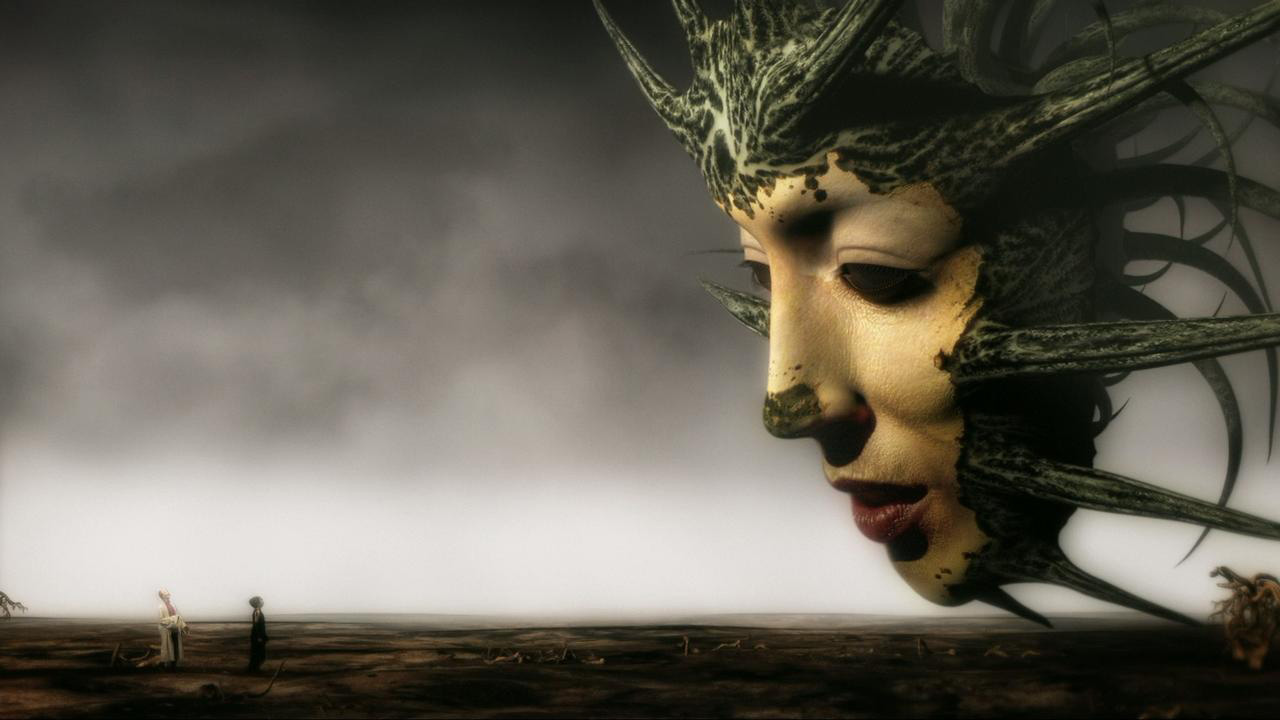
There was an accompanying book – how did that emerge?
About halfway through the post-production process, our agent took the project out to Neil’s publishers. She managed to make deals for a scriptbook, a kid’s storybook version, and an art book. The art book – The Alchemy of MirrorMask – was particularly great for me, as I got to compile all the production artwork and behind-the-scenes material we’d accumulated. I’m very happy with that book.
Some fans cite ’90s FMV [full motion video] and PC graphic adventure video games as aesthetically similar to MirrorMask. Were these influential on the film at all? There’s an element of those games to the logic of the film’s action too – i.e. throwing a book to distract creatures.
Not at all. I don’t play games, and I have no idea what they look like. The main aesthetic on MirrorMask comes from my illustration work, and my initial short film experiments, making The Week Before, N[eon], and music videos for Buckethead and Izzy.
Tell me about casting, and working with Stephanie Leonidas.
We did a day of casting for that character, and there were a couple of girls who were very promising, but Stephanie came in at the end of the day, and just blew everyone else away. She was so obviously brilliant — perfect for the role, got it immediately, looked perfect, and, fortunately, was also an absolute delight to work with. She really saved us. It’s a part that could have gone so wrong — too cute, too bratty, too showy, too much – but she made the scenes work perfectly for me. I want her in everything I do.
As a director and designer, were you thinking primarily in film language or in the language of other arts? To a contemporary eye, a close aesthetic reference point to MirrorMask’s environments is immersive theater company Punchdrunk. There’s a great foregrounding of the potential for stage-like spaces to transform and transport a person in this film.
I love Punchdrunk; I’ve since worked on two big projects with Wildworks, a neighbor of Punchdrunk. And certainly the exploratory nature of the story is related. I would have liked more of that and less of the fantasy Oz-like nonsense. But we were making a film, so I was primarily thinking of it in linear terms.
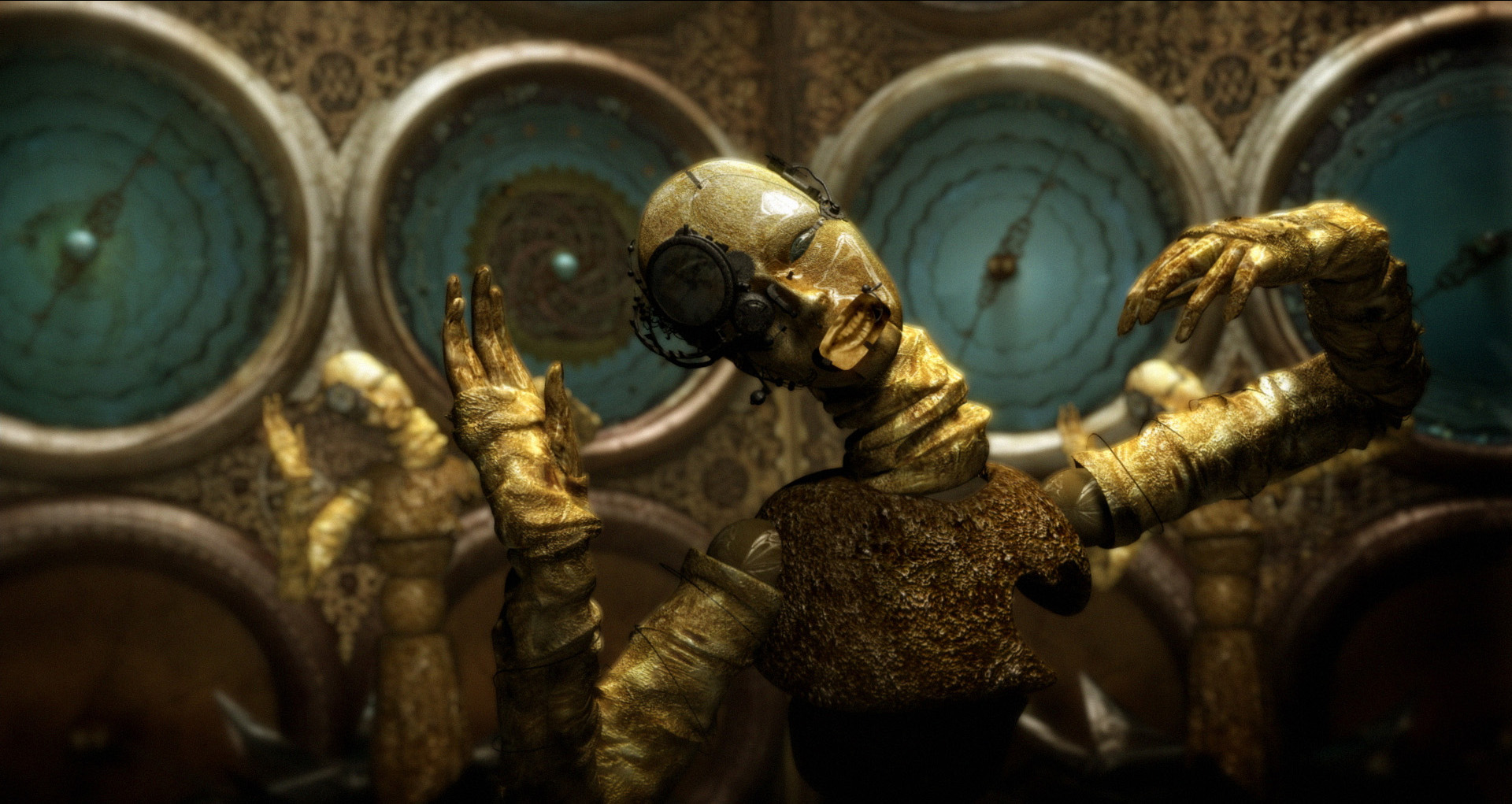
I love the commedia dell’arte-esque masks and faces. Where did the mask motif emerge from? There are masks in Labyrinth too of course, but perhaps more incidentally.
It emerged very early that we had a world of masks, and that our girl would be the only unmasked, emotionally vulnerable face amongst them. As soon as we decided that, designing the characters was like putting a circus troupe together. I discovered the pleasure of masks when shooting The Week Before — two actors playing God and the Devil, with expressionless face masks and no dialogue. The masks somehow appear to change expression due to lighting, angle, and the relationship of the mask to the body language of the actor. So I was keen to bring these ideas to the script.
How do you feel about MirrorMask twenty years on from release?
I haven’t seen it in twenty years. I had to watch every frame of it so many times as I was editing, compositing, grading, and mixing it. I could only just bear to watch it during its premieres in Sundance and London. I had very mixed feelings about it. In Sundance, we went to see the premiere of The Jacket, and [the film’s director] John Maybury was able to say to the audience in his introduction, “I don’t care what you think of this film, I love it”. I was very envious of him.
I tried to watch [MirrorMask] again about ten years ago, and I only made it about a minute in. The post-production was painfully long, and fraught with tech issues. I associate the film with that frustration and angst. The shoot was tough — a lot to do in a short time, in a big green studio that wasn’t properly soundproofed. The script really was underwritten, and that’s probably the biggest problem I have with the film.
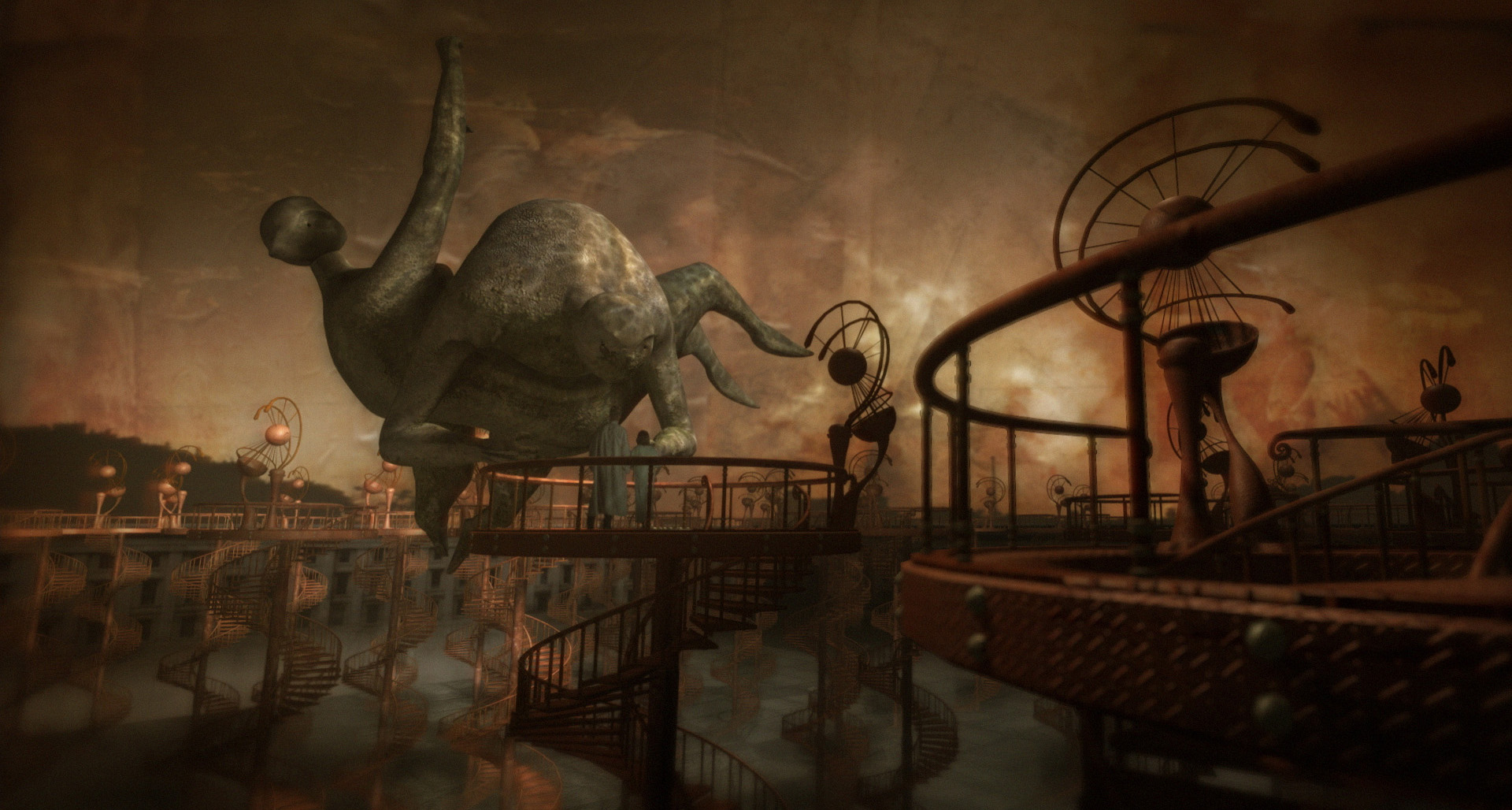
My own feelings about anything I do are related to the distance between what I initially hope it will be, and what it eventually ends up being. No one else knows what that distance is, so my feelings about anything are unrelated to how the audience feels, how successful or not it is, what awards it wins, or anything else. There are sequences I still like, and shots that I’ve put into my showreel. I’m glad we made it; it was quite an experience. I loved Steph’s contribution, and I’ve worked with her again. There were golden moments as some sequences came together. But overall, I wish it had been stronger.
Much like Shane Acker’s 9, for example, MirrorMask feels a quintessentially digital film that indicates a path that cg cinema could have followed in a wider way in the mid-to-late 2000s but ultimately didn’t. Video games perhaps took up the mantle. Did the film feel part of a potential moment as it was being developed?
I wasn’t aiming for realism. Cg can go anywhere and be anything, so much of it [nowadays] is just trying to be photoreal, and that seems a very narrow target. Imagine the world of painting, with everything being photoreal on the wall — we’d have no impressionism, surrealism, expressionism, abstraction.
Has the film been remembered? In many ways, it’s a work that feels designed to be hazily forgotten, recalled in fragments and images.
Maybe it should be hazily forgotten. Certainly, I think I’ve hazily forgotten it. I still get fans of the film talking to me at signings, and to a certain demographic of young women it reflected something of their relationships with their mothers — it feels very important.
With thanks to Napoli Comicon for facilitating this interview.
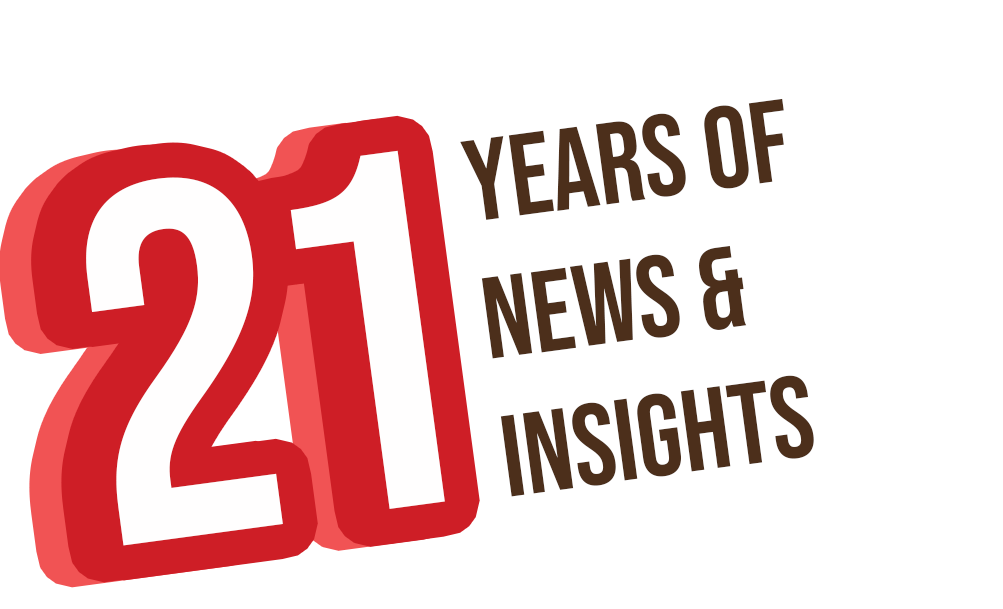
.png)